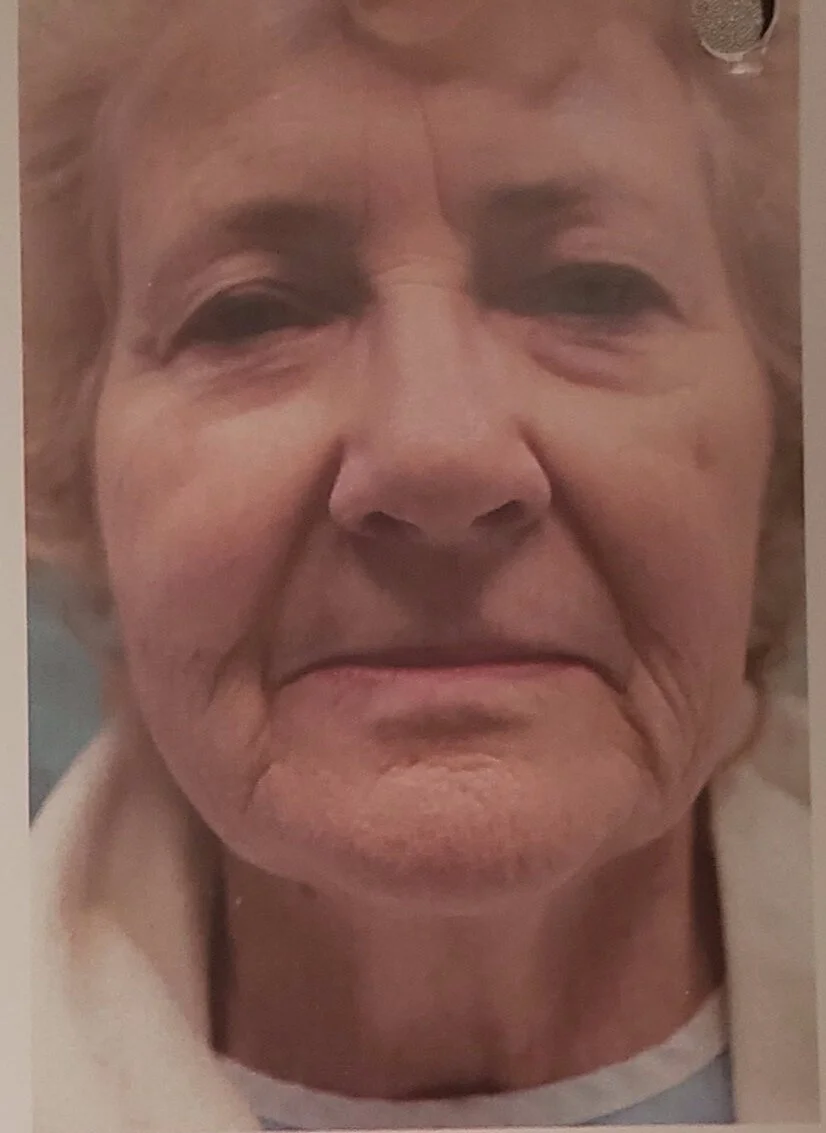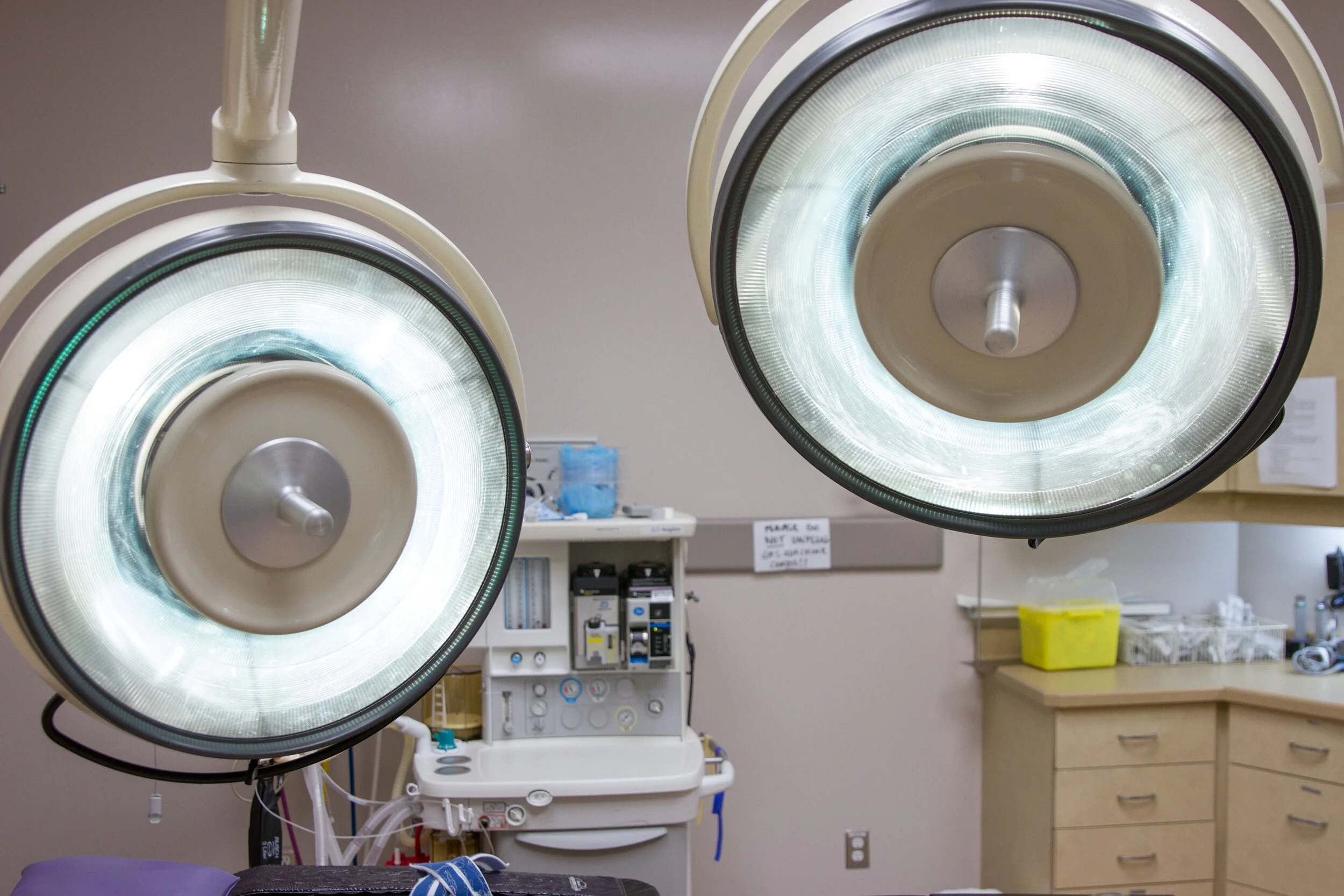
Brow Lift
*DISCLAIMER: THIS SITE CONTAINS GRAPHIC & SURGICAL IMAGES THAT MAY BE DISTURBING TO SOME VIEWERS.
THIS SITE IS INTENDED FOR INDIVIDUALS OVER THE AGE OF 18.
**None of the images on this site have been enhanced or photoshopped.
Patient I - 6 weeks Post-Operative Face and Brow Lift. Note the brows are elevated. The heavy skin over the upper eyelids has improved (without upper eyelid surgery). The forehead remains high. The forehead could have been lowered if the patient had elected to have an incision at the junction of the hairline and forehead. The patient elected to have a scalp incision instead, which does not lower the forehead.


Patient F - Pre-Operative and 3 months Post-Operative FaceLift & Brow Lift


Before & After Photos
*Tap a patient image to enlarge & view the full series of pre and post-operative images.
Before the Surgery:
+ What is a BROW LIFT?
This is a surgical procedure done most often under local anaesthesia with IV (intravenous) sedation to rejuvenate the upper half of the face.
+ When is a Brow lift done?
Most often this is done as a person gets older and gravity begins to change the eyelid, forehead and eyebrow appearance. Occasionally a younger person, who inherits a heavy low brow, will have the same features as an ageing upper half of the face. It is referred to as an Upper Facelift.
+ What are the features of a falling brow?
The first thing in assessing an upper eyelid is to look at where the eyebrows rest around the eye.
In a female, the eyebrows sit one finger breadth above the bony rim of the orbit (eye socket).
In a man, the eyebrow sits at the bony margin of the orbit.
If the eyebrow sits low, it forces the skin and fat of the upper eyelid downwards, giving the appearance of a heavy, “tired” upper eyelid.
If the eyebrow and forehead are low due to gravity, or an inherited trait, a Brow lift operation is done to correct the low eyebrow and creased forehead deformity, and lifts the upper eyelids.
This will correct the eyelid heaviness and tired appearance of the upper eyelid caused by the low brow (brow ptosis) in addition to the forehead crease and low eyebrow position.
The area between the eyebrows called the glabella has muscles that cause creases that produce a stern, angry, stressed appearance. The brow lift operation will also correct this deformity.
The outside part of the eyebrow that can “hood” over the outside part of the eyelid is also corrected by the Brow lift.
This procedure is often the most dramatic procedure that can produce a youthful facial appearance.
+ Does AHS (Alberta Health Services) cover the surgery to correct the upper eyelid?
The brow lift for upper facial ageing and upper eyelid heaviness is not covered by Alberta Health Services.
The Operation:
+ What is a Brow lift surgery?
The surgery is done most often under local (freezing) anaesthesia, with intravenous sedation.
Immediately before the surgery, with the patient sitting, a photograph is taken.
The surgery is then planned using a surgical marker on the forehead and scalp.
With the patient in a lying position, the patient is sedated, and then local freezing is then injected (similar to a dental freezing). The freezing will often last throughout the entire day.
+ Describe the Surgery:
There are numerous approaches to elevate the brow.
The endoscopic approach uses a series of small incisions in the scalp; the brow is elevated using an endoscopic approach (a small camera placed through the small cut; the dissection is done through this small incision and the elevated tissue is suspended using special sutures). This is a useful short term procedure that lasts up to 5 years.
Dr. Giuffre does not use this technique due to its limited longevity.
The most common approach is an incision in the scalp from the ear across the scalp to the opposite ear. The scalp and skin tissue is elevated to the eyebrow level; the muscles that produce the frown lines between the eyebrows and the creases in the upper part of the nose are partially removed, and then the excess skin is removed from the scalp to elevate the brow. This permanently elevates a low brow. The scar lies within the hair line and is not visible. This approach is reserved for a patient who does not have a very high forehead.
The scalp incision is closed with dissolving sutures and surgical clips, which are removed at 7-10 days post operation.
There are no drainage tubes.
The patient goes home after the surgery with a large bandage.
The patient returns the following morning to have the dressing removed. The patient can then shower and shampoo the hair.
At 7-10 days post operatively, the patient returns to have the scalp clips removed.
The surgical time is approximately 90 -120 minutes
If the patient has a very high forehead, the incision is made at the junction of the scalp frontal hairline and the forehead. This will allow the forehead to be shortened along with the brow lift without elongating an already high forehead.. The risk of this surgery is the scar will lie just behind the frontal hair line. This may be visible on a windy day if the hair is blown off the forehead area or when swimming.
In men, a brow lift can feminize the face. If the brow is very low, rather than a brow lift as described above, the brow is often elevated by making incision in the natural forehead creases in the forehead. An ellipse of skin is removed to elevate the brow. This leaves a forehead scar that will eventually blend in as a natural forehead crease.
Please see https://www.meadowlarksurgicalcosmetic.com
+ What happens next?
The patient cannot drive home and will need a ride from a friend or relative.
The use of ice packs over the first 24 hours will decrease swelling and bruising.
The day after surgery, the patient returns to have the bandage removed. They can then shower.
They return again on day 10 to have the suture/surgical clips removed. There will be bruising and swelling for 7 – 14 days after surgery. The amount will vary from patient to patient.
The use of Aspirin, Advil and Herbal supplements are discouraged as these products will increase the bleeding and bruising during and after surgery.
Two weeks off work is recommended.
The Risks:
+ The standard surgical risks for any surgery apply:
With any surgery there are surgical and anesthetic risks.
Aside from the rare risks of an anesthetic event, some of the general and specific surgical risks for this procedure would include:
Excessive swelling over the forehead and upper and lower eyelid
Scarring
Infection
Sensation change to the forehead for up to 3 months
Discomfort: this is mild to moderate. Most patients may require pain medication for a day or two after surgery.
**Avoid driving a vehicle if you are taking narcotic medication.
Asymmetry
Bleeding (hematoma)
A high brow appearance settles after 6 weeks
Alopecia: within the scar there is no hair growth. This is most often not noticeable except in men, where the hair growth may be more sparse, leaving a more apparent scar.
Time off work and exercise.
This list is not complete.
**During the consultation with the patient, Dr. Giuffre will outline and explain each of the risks in detail.
+ How long does the surgical improvement last?
A brow lift procedure will permanently elevate the brow into a correct position. It is very uncommon to have to repeat this procedure.
The Followup:
+ How often do I need to come back for a checkup after the surgery?
Postoperative visits include:
- a 24 hour post op visit to have the dressing removed. The patient can then shower.
- 10 days postop, the sutures/clips are removed
- 6 weeks, a visit to the office to review the preoperative photograph and the surgical result.
If there are any patient concerns, Dr. Giuffre provides his home phone number for patient's direct access.
After the 6 week visit, if there are any future requests for an appointment, they are made directly with Dr. Giuffre’s office and an expedited visit is arranged.
Financing:
+ Does the public health care system cover any of the costs of brow lift surgery? What about my private insurance?
Alberta Health Services does not cover brow lift surgery for aesthetic reasons, even with a family doctor referral or a psychiatric or psychological referral.
Private insurance may cover the cost. Please contact your insurance company for written confirmation of coverage.
+ Can I finance the costs of the surgery? How do I do this?
Dr. Giuffre does not provide in house financing for cosmetic procedures.
There are a number of companies across Canada that will finance cosmetic surgery not much different than financing a vehicle or mortgages. Please refer to the links provided for this information.
**Dr. Giuffre has no financial or business relationship or affiliation with any of these companies.
+ What about having my Cosmetic Surgery in another country where it is cheaper?
There is a current trend to have surgery out of your country where the surgery may be cheaper.
We call this tourist surgery.
There are a number of additional risks associated with tourist surgery, which include:
The surgical skill, experience, licensing and education of an unknown surgeon.
Canada has very strict rules and requirements to be a licensed Plastic Surgeon (FRCS(C)) in our country. Your Plastic Surgeon has completed an undergraduate degree (4 years), an MD degree (4 years), a Fellowship Degree in Plastic Surgery (5 years) and often a post Fellowship (1-2 years).
A “friend” is not a good reference, nor is glitzy advertising.
The safety, sterility and equipment quality, including anaesthesia machines in the hospital or private surgical suite could be questionable; this may lead to increased risk of infection and anaesthetic risks.
Post operative care is limited to the time you spend in their country.
If you have a complication, to see your original surgeon, you will have to fly back to where your procedure took place, or see a new surgeon in your own Country.
If you have an unsatisfactory result, you will have to fly back to see your original surgeon or find a new Surgeon.
The cost of the repair may exceed what you originally paid, and the final result, fixing a mistake, is often not as good as it could have been had the surgery been done correctly the first time.
After accounting for the accumulated costs of the air travel, hotel, surgery and postoperative care, the perceived cost savings may not be significant.
If you have a severe, life threatening complication, Alberta Health Care will cover the medical costs for your care.
Correcting the reconstructive problem, as a result of the complication, would be the patient’s financial responsibility.
“Life is full of choices; your character reflects those choices.”


















